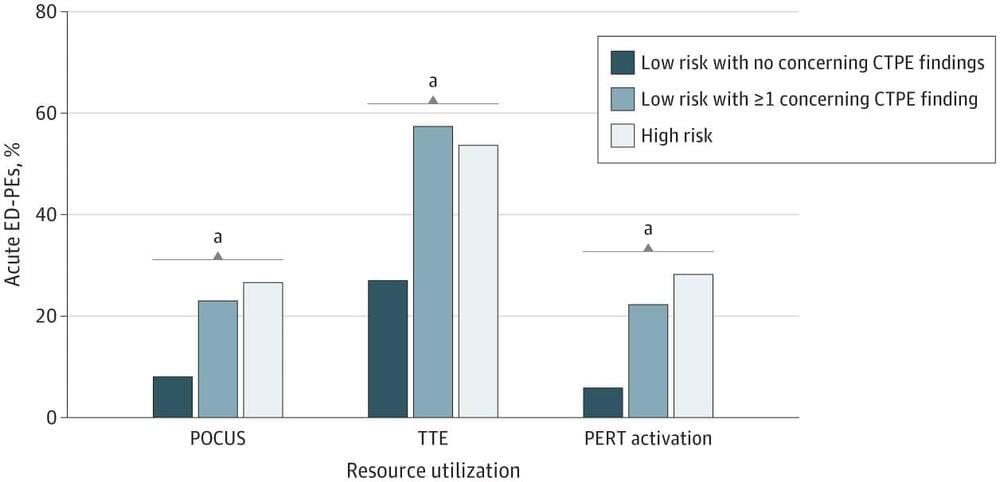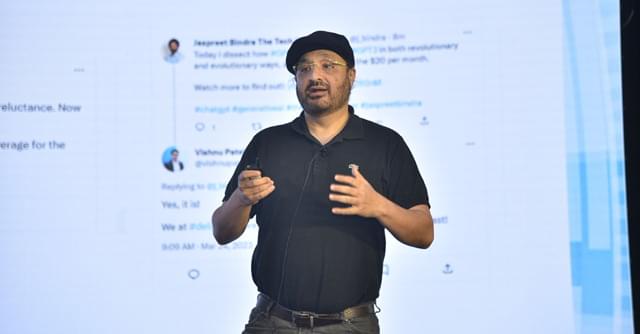GW Ron and Joy Paul Kidney Center and GW Transplant Institute. Learn the Symptoms of Kidney Disease with J. Keith Melancon, M.D., Chief of the Division of Tr…
Get the latest international news and world events from around the world.

A Conductive Self-Healing Hydrogel to Create Flexible Sensors
Recent advancements in the field of electronics have enabled the creation of smaller and increasingly sophisticated devices, including wearable technologies, biosensors, medical implants, and soft robots. Most of these technologies are based on stretchy materials with electronic properties.
While material scientists have already introduced a wide range of flexible materials that could be used to create electronics, many of these materials are fragile and can be easily damaged. As damage to materials can result in their failure, while also compromising the overall functioning of the system they are integrated in, several existing soft and conductive materials can end up being unreliable and unsuitable for large-scale implementations.
Researchers at Harbin University of Science and Technology in China recently developed a new conductive and self-healing hydrogel that could be used to create flexible sensors for wearables, robots or other devices. This material and its composition was outlined in the Journal of Science: Advanced Materials and Devices.

‘Concerning’ CT scans may cause unnecessary hospitalization for some pulmonary embolism patients
Of approximately 250,000 Americans diagnosed with acute pulmonary embolism (PE) in emergency departments each year, most are hospitalized.
But new Michigan Medicine research, published in JAMA Network Open, finds that some patients with PE, a blood clot in one or more pulmonary arteries, may be hospitalized unnecessarily due to computed tomography (CT) imaging results rather than clinical risk factors.
Approximately 40% of the patients in the study had low-risk pulmonary embolism, as defined by the Pulmonary Embolism Severity Index, or PESI score. Roughly half of the low risk patients had CT imaging features that physicians consider “concerning,” and these patients fared just as well in the hospital as those whose CT scans showed no concerning findings.

Mint DIS 2023
 Generative artificial intelligence (AI) has put AI in the hands of people, and those who don’t use it could struggle to keep their jobs in future, Jaspreet Bindra, Founder and MD, Tech Whisperer Lt. UK, surmised at the Mint Digital Innovation Summit on June 9.
Generative artificial intelligence (AI) has put AI in the hands of people, and those who don’t use it could struggle to keep their jobs in future, Jaspreet Bindra, Founder and MD, Tech Whisperer Lt. UK, surmised at the Mint Digital Innovation Summit on June 9.
“We never think about electricity until it’s not there. That’s how AI used to be. It was always in the background and we never thought about it. With generative AI it has come into our hands, and 200–300 million of us are like, wow!” said Bindra.
He noted that while AI won’t replace humans at their jobs, someone using AI very well could. He urged working professionals to “recalibrate” and embrace generative AI as a “powerful tool” created by humans, instead of looking at it as a threat.

ChatGPT AI Shines in Challenging Medical Cases
Summary: A novel study put the diagnostic prowess of generative AI, specifically the chatbot GPT-4, to the test, yielding promising results.
The study involved evaluating the AI’s diagnostic accuracy in handling complex medical cases, with GPT-4 correctly identifying the top diagnosis nearly 40% of the time and including the correct diagnosis in its list of potential diagnoses in 64% of challenging cases.
The success of AI in this study could provide new insights into its potential applications in clinical settings. However, more research is needed to address the benefits, optimal use, and limitations of such technology.
Keith Ward — Why is Consciousness so Mysterious?
How can the mindless microscopic particles that compose our brains ‘experience’ the setting sun, the Mozart Requiem, and romantic love? How can sparks of brain electricity and flows of brain chemicals literally be these felt experiences or be ‘about’ things that have external meaning? How can consciousness be explained?
Free access to Closer To Truth’s library of 5,000 videos: http://bit.ly/376lkKN
Support the show with Closer To Truth merchandise: https://bit.ly/3P2ogje.
Watch more interviews on the mystery of consciousness: https://rb.gy/sxtbb.
Keith Ward is a British philosopher, theologian, pastor and scholar. He is a Fellow of the British Academy and (since 1972) an ordained priest of the Church of England. He was a canon of Christ Church, Oxford until 2003. Comparative theology and the relationship between science and religion are two of his main topics of interest.
Register for free at CTT.com for subscriber-only exclusives: https://bit.ly/3He94Ns.




Quantum interference of light: Anomalous phenomenon found
A counterintuitive facet of the physics of photon interference has been uncovered by three researchers of Université libre de Bruxelles, Belgium. In an article published this month in Nature Photonics, they have proposed a thought experiment that utterly contradicts common knowledge on the so-called bunching property of photons. The observation of this anomalous bunching effect seems to be within reach of today’s photonic technologies and, if achieved, would strongly impact on our understanding of multiparticle quantum interferences.
One of the cornerstones of quantum physics is Niels Bohr’s complementarity principle, which, roughly speaking, states that objects may behave either like particles or like waves. These two mutually exclusive descriptions are well illustrated in the iconic double-slit experiment, where particles are impinging on a plate containing two slits. If the trajectory of each particle is not watched, one observes wave-like interference fringes when collecting the particles after going through the slits. But if the trajectories are watched, then the fringes disappear and everything happens as if we were dealing with particle-like balls in a classical world.
As coined by physicist Richard Feynman, the interference fringes originate from the absence of “which-path” information, so that the fringes must necessarily vanish as soon as the experiment allows us to learn that each particle has taken one or the other path through the left or right slit.